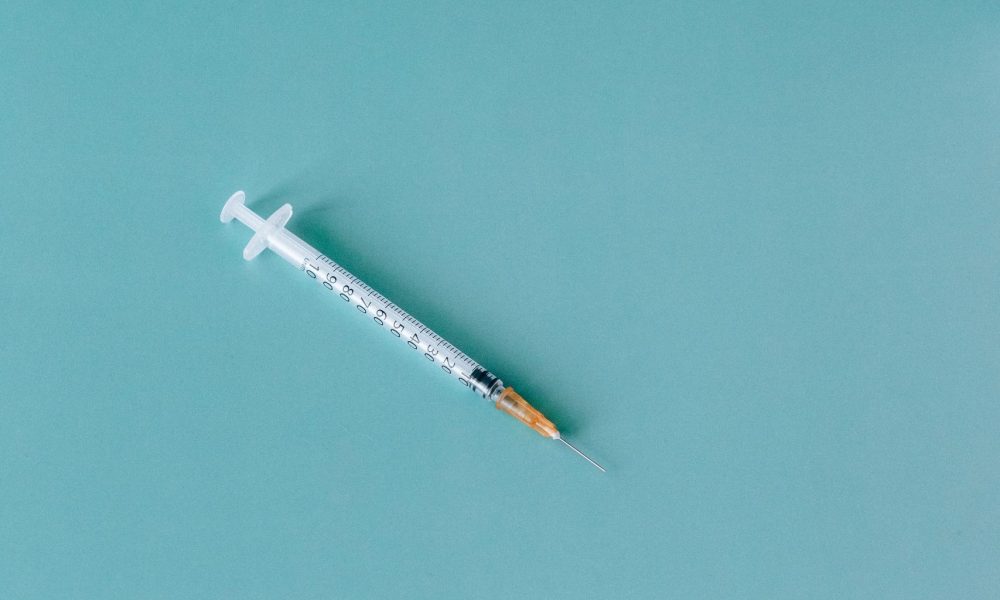“We identified important progress being made, but it’s clear there is still much work to be done.”
By Ben Botkin, Oregon Capital Chronicle
Measure 110 has helped the growth of treatment and recovery services for drug addiction, but the state can do more to better manage the program, according to a report released Wednesday by the Oregon secretary of state’s office.
Lawmakers mandated the financial review, which looks at services that were established starting in 2022, two years after voters passed Measure 110, decriminalizing possession of small amounts of drugs and putting a share of cannabis revenue into treatment and recovery services.
Since 2022, the state has awarded $264 million in grants to 233 providers throughout Oregon that provide treatment, counseling and harm reduction, which can include distribution of clean needles. The review looked at where that money has gone and what providers are reporting to state officials. It did not consider how many people have been treated or received services or gauge the impact to society.
The findings come amid a call by Republicans for repeal of Measure 110, consideration by Democrats of needed changes to the law and a fentanyl-fueled rise in addiction and overdoses.
“Since it’s been implemented, the top question on everyone’s minds has been: Is Measure 110 working?” Audits Director Kip Memmott said in a statement. “It’s a complicated question to answer and much of the public conversation about Measure 110 is outside the scope of this review. We identified important progress being made, but it’s clear there is still much work to be done.”
State auditors made the following findings:
- It’s not clear how many providers who are funded through the program are reaching populations the most deeply impacted by drugs, such as minority communities. The state isn’t tracking that.
- Provider reports vary in detail, making it difficult to gauge overall impact of the system.
- Due to a workforce shortage, not all the providers that received funding are providing all the services promised.
- Youth services are not tracked or evaluated when the state selects grants, even though addiction problems start before age 25.
Auditors recommended the Oregon Health Authority, which oversees implementation of Measure 110, develop a strategic plan to show outcomes and work with providers to better track and report details about staffing, services and the availability of programs for people of various cultures and who speak languages other than English. They also recommended that the health authority make the application process clearer and more direct and work with communities and providers to identify where the greatest needs are in various regions of the state.
In its response, the health authority agreed with the recommendations and said it’s taking steps to improve the agency’s management of the program.
In a letter, Ebony Clarke, the authority’s behavioral health director, told auditors the agency is planning to improve the grant application process and collect better data about the program.
More money will flow into the program: State officials plan to award another $150 million through June 2025. State auditors plan to do another audit that looks at the program in more detail by the end of 2025.
In January, the secretary of state’s office released its first audit of the program, which found that it’s too early to gauge the impact of Measure 110.
The law will be a prime issue for lawmakers when they meet again in February for a short session.
This story was first published by Oregon Capital Chronicle.
State-Level Drug Decriminalization Did Not Increase Overdose Deaths, Study Published By American Medical Association Finds
Read the full article here

